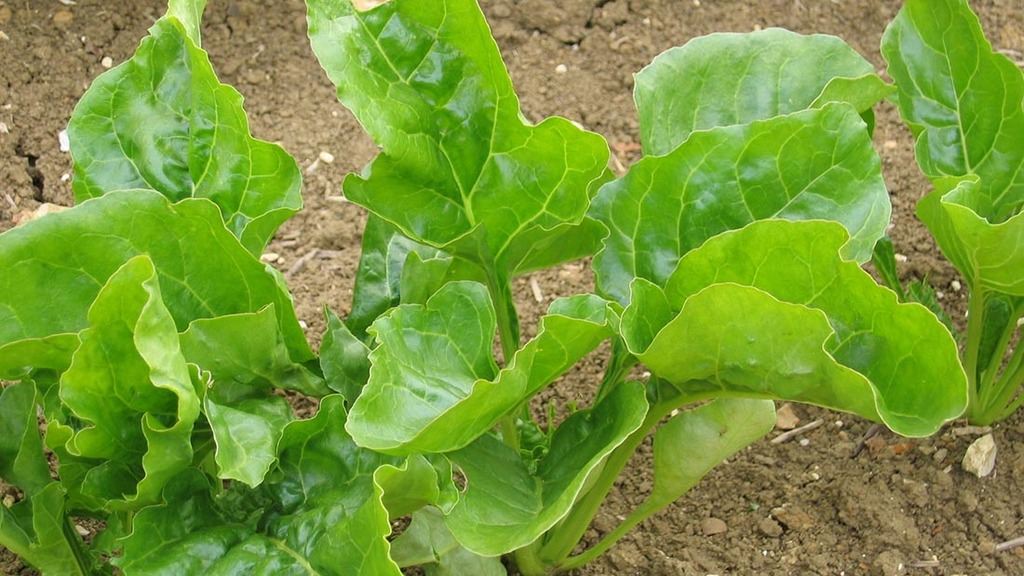Amir Hossein Halabian, Alireza Dehghanpoor Farashah, Mohsen Azizi, Jafar Ganjali
Department of Geography, Payam Noor University, Tehran, Iran
Geography, Payam Noor University, Tehran, Iran
Key words: Climate, sugar beet, thermal gradient, deviation from optimal conditions, phenology, East-Azarbaijan province.
 Abstract
Abstract
Climatic condition, is one of the determining factors of crop type which could be cultivated and developed in an area. The amount of sunlight, heat and rainfall and their incidence type are major factors in this determination. In this study, daily temperature data over a period of 10 years were used to evaluate the agricultural climate of sugar beet cultivation in East-Azerbaijan province. Calculation and agro-climatic analysis was performed making use of Papadakis method, active days degree index, thermal gradient and deviation from optimal conditions methods. In this study, data of the synoptic meteorological stations in East-Azarbaijan (daily and monthly and annual reports) were received from National Meteorological Organization.This research is descriptive statistic. Data analysis is performed using phenological index (GDD) and Papadakis method via GIS software. The results show that based on analysis of thermal gradients and deviations from optimal conditions at different heights, Ahar station, amongst all selected stations, has more suitable conditions for cultivation. Based on the temperature thresholds of phenological stages of sugar beet, climatic calendar would be in form of sugar beet sowing season in early April and crop harvest season in mid-September to early October. Evaluation of agro-climate of the area, based on Papadakis thresholds, show that northern and central parts of the province have similar conditions in terms of winter and summer cultivation, which means oat in winter type and cotton in summer type. Southern and eastern parts of the province have identical condition, as well; meaning corn in summer type and wheat in winter type.
Get the original articles in Source: Volume 5, Number 1, July 2014 – JBES
Journal Name: Journal of Biodiversity and Environmental Sciences (JBES)
Published By: International Network for Natural Sciences
Related Post: Seed priming affected physiology and grain yield of chickpea under salt stress – JBES
